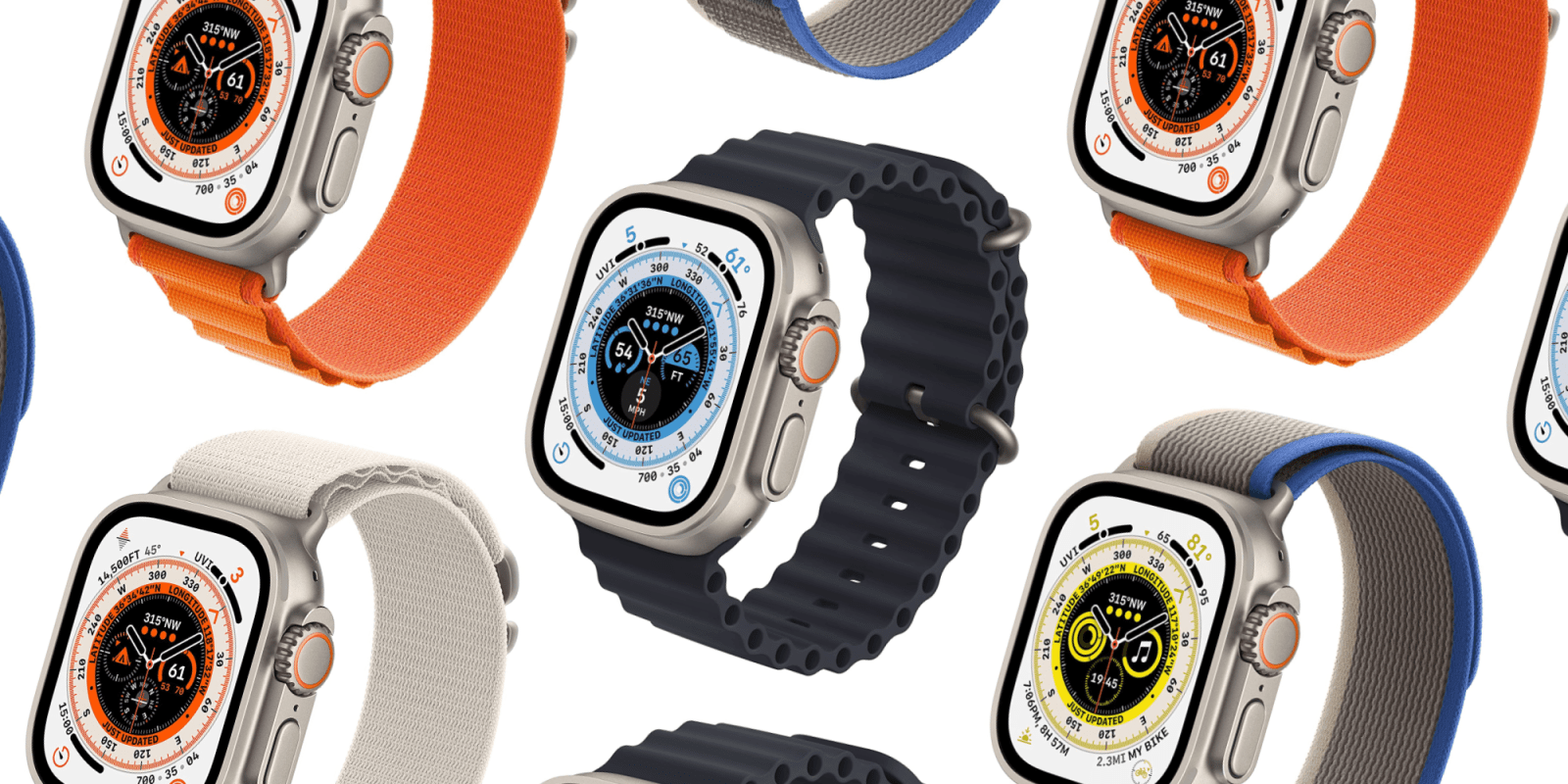
I used to write a lot about run tracking with the Apple Watch and how it performed during races. It’s been a while, though, because, well, I haven’t run much since the pandemic. I should probably change that.
Anyway, I found myself nodding my head in total agreement this week while reading Victoria Song’s piece on The Verge about training with the Apple Watch Ultra. In the article, Victoria investigates why running distance tracked by the Apple Watch can greatly vary from the distance of a set race course.
It also includes some really good stuff from folks who work on the watch at Apple.
The problem is simple. When you train for a race, you often set your watch for a specific running distance. It’s normal to run that distance and stop when the watch tells you that you’ve reached your goal. So far, so good!
What I’ve found, and others experience all the time, is that the Apple Watch run distance will probably not match the course distance after a race. Instead, the watch will gradually say you’ve finished each run sooner and sooner before you reach the mile marker.
You train while running to a distance that the watch validates. You race a distance that the watch, with all its precision, can’t consider. It’s something I’ve documented in stories like these. They are oldies but goodies, and boy, does it inspire me to pick back up the routine:
- Tips for running long distances with Apple Watch
- Three half-marathon Apple Watch Series 5 battery tests with LTE, always-on display, and Apple Music
- Can the Apple Watch Series 5 survive a half-marathon with always-on display? Just plan ahead
- Testing Apple Watch Series 4 half marathon battery life with cellular off: over 50% after 2 hours
- Running my first half marathon — with Apple Watch Series 3 and AirPods
Normally, you’d think you would be thrilled to have half a mile left in a half marathon. I’m here to tell you that all motivation goes out of the window when your watch chimes in to say you reached your goal and you can’t see the finish line yet.
After completing six half marathons, I’ve long accepted that mile-marked races run longer than what the Apple Watch says. The cause? My best guess has always been that it’s the extra distance it takes to run around people as you zig-zag through other runners.
So when Victoria covered this same ground in her article – with insight from Apple, no less – I felt validated. In her case, she was running her second half-marathon and first with the Apple Watch UItra. Shortly before crossing mile marker nine, the Ultra already showed her reaching the distance.
Ultimately, the watch tracked 13.42 miles out of a race distance of 13.1 miles. That sounds like an improvement from my days of running with Apple Watch Series 3, 4, and 5. The dual-band GPS on Apple Watch Ultra probably helps.
GPS isn’t the only factor the Apple Watch uses when measuring distance run, however. This is where things get really interesting:
“A product like this, that also has network connectivity, enables us to use the entire system in ways that traditional GPS systems can’t,” says Rob Mayor, Apple’s director of motion and location technologies. […]
Mayor says the Ultra can cache orbit predictions for up to a week. That means you can go offline and still get an immediate location fix because you don’t need to wait for your watch to decode that information; it’s already there.
Similarly, if you fly to another state for a race, the Ultra doesn’t have to go fishing in the sky for the correct satellites. According to Mayor, the watch can acquire GPS more quickly by leveraging Wi-Fi access points and cell-tower locations to get a rough idea of your location and figure out which satellites to look for.
That sounds good and all, but it doesn’t really explain why the watch gives more credit than the actual race course.
“A lot of people don’t understand how they map and measure race courses. They assume they’re going to cross the finish line at exactly 13.1 [miles] or 26.2 [miles],” Eric Jue, director of Apple Watch product marketing, told me after I relayed my NYC Half tale. “And they’re a little bit discombobulated when they see something different.”
As it turns out, you’ll run at least 13.1 miles in a half-marathon. The official distance is based on the most optimal route and doesn’t account for zigzagging through other runners, running toward the sides of the road, or stopping at water stations. Most people don’t run the most optimal route and end up running a bit more. […]
“I think that users’ perceptions [are] like, here, I have this thing that’s very precise and I’m comparing it to things that are potentially less precise, as well as my perception — which is probably less precise as well,” agrees Mayor. “It’s a confluence of those things.”
Ever have a problem that you think only affects you? One that makes you doubt your own familiarity with something? That’s how I felt before this piece. Now I accept that the watch is right, but so is the course. The whole article is deeply personal and well-informed. Add it to your weekend reading list if you haven’t yet.
FTC: We use income earning auto affiliate links. More.




Comments